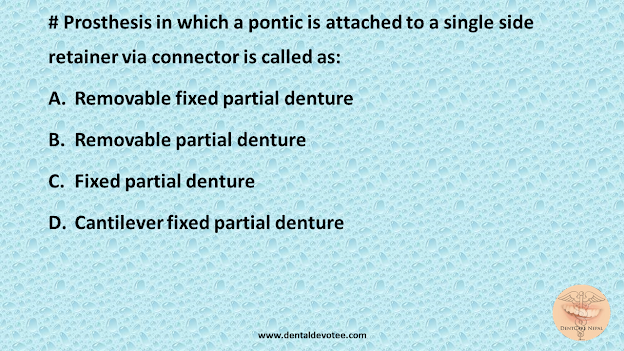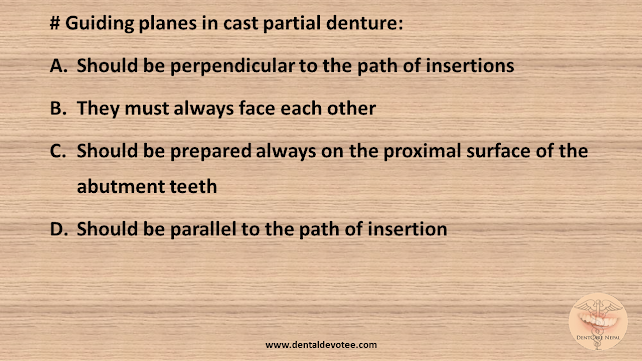# Which of the following is not used with the surveyor?
A. Incisal guide pin
B. Analyzing rod
C. Carbon marker
D. Wax trimmer
The correct answer is: A. Incisal guide pin.
Incisal guide pin is used with an articulator not a surveyor.
Surveying tools- These are tools attached the the madrel of the surveying arm and are used for surveying. They are of different types, e.g. analyzing rod, carbon marker, wax knife and undercut gauges.
Analyzing rod- First tool to be used in surveying. It is more of a diagnostic survey tool. It helps to analyze the location of the height of contours, the presence and absence of favorable and unfavorable undercuts and is used to determine the parallelism of one surface to another. It also helps to arbitrarily determine the path of insertion.
Carbon marker- The resultant line formed by the scribe (carbon marker) is known as a survey line. These survey lines help us in positioning the various component parts of a removable partial denture (RPD).
Undercut gauges- A gauge is a high precision instrument used to measure the linear dimension of any structure. Undercut gauges are used to measure the depth and location of the undercuts on the analysed tooth in three dimensions.
Wax Knife- Is used to eliminate or block out undesirable undercut areas with wax on the cast.







